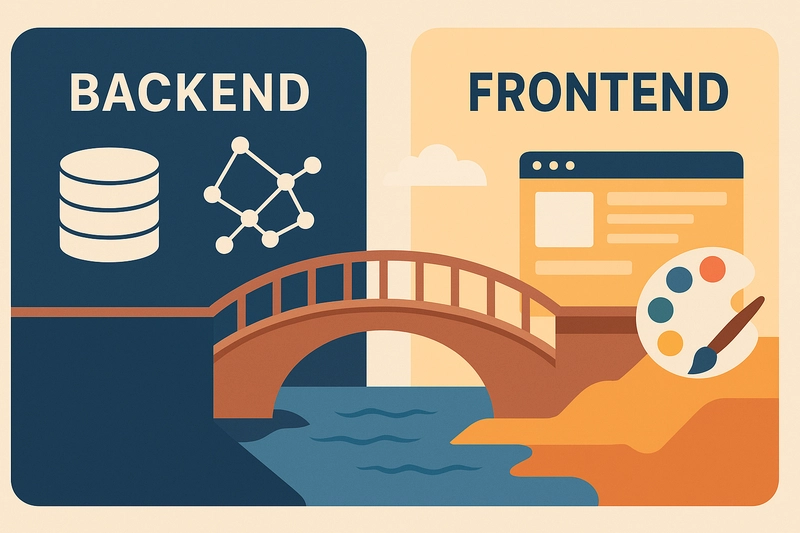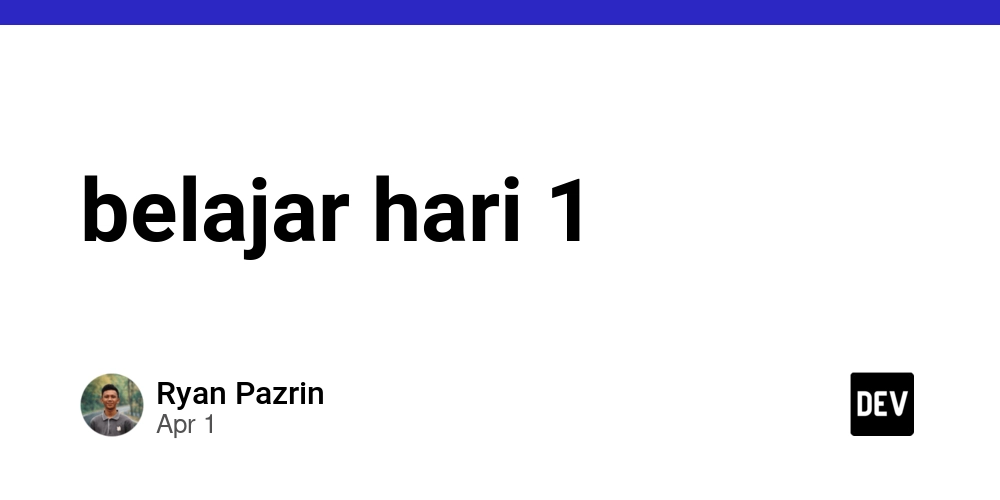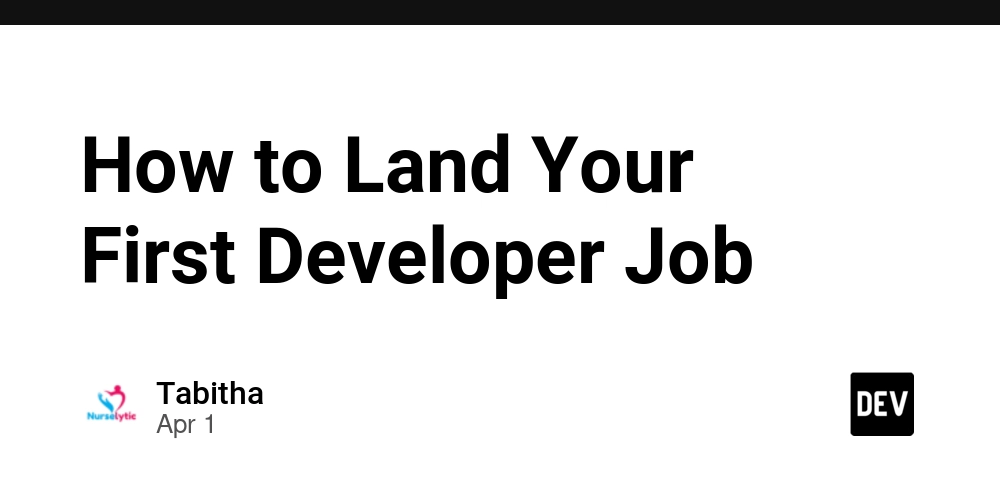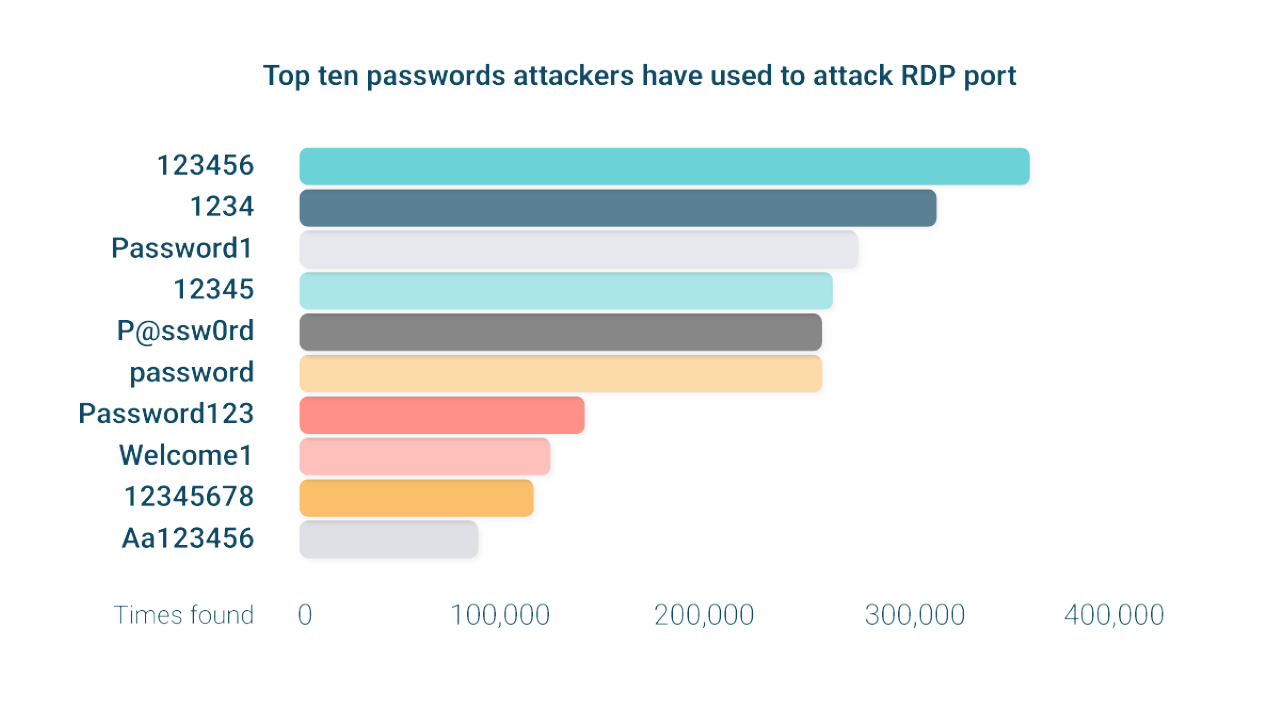From .NET Architect to Frontend Developer — 3 Years on the Other Side
You might remember me from the days when I wrote about CQRS, DDD, and .NET. Three years ago, I burned out at my previous job and looked for new opportunities. A change of company led to an unexpected opening on the frontend team. I took the chance — and over time, transitioned from full-stack to fully frontend. My entire focus shifted. Why the sudden change? I always wanted to build things that are more visible. My creativity was getting thirstier, and backend work started to feel repetitive. In backend, I satisfied that creativity through architecture — designing service layers, models, and systems. Now, it’s about layout, animations, and UX collaboration. How do I feel about React? React clicked immediately. I love the component-based approach. Finding the sweet spot between generic reusability and the Single Responsibility Principle is what drives me most. What surprised me about frontend? Progress Last time I touched frontend was 10 years ago — basic HTML, CSS, and jQuery. Now I work on full apps, and I’m amazed how far the frontend has come. With React, TypeScript, Node.js, and Styled Components — it’s a whole different world. Tooling The tooling got so much better. Prettier and ESLint help keep things clean. VS Code is lightweight and fast compared to classic Visual Studio — which improved, but still feels slow to me. Bundle Size Awareness On backend, I could bring in any NuGet package without worrying about size. In frontend, you really think twice before adding dependencies. We write a lot more ourselves to keep things lean. What do I miss from backend? Clean Compiler Errors Could be just our internal setup, but debugging errors on frontend feels clunky. VS gave me one-click navigation and clearer feedback. Unit Testing Yes, Jest is there. But testing React components isn’t exactly joyful. In design systems and libraries, sure. But in most day-to-day UI work? Meh. We have QA engineers with Playwright doing automated testing — so I rarely miss it. Third-party Libraries Every lib must have a solid community and minimal bundle size. You don’t just grab the first one — you evaluate first. What I Had to Unlearn OOP Principles I barely use classic OOP. Inheritance happens only in TypeScript interfaces and models. Encapsulation? Only if the component lives in a single file. Polymorphism? Maybe when passing children into a React component and letting it take various forms. Monolithic Thinking No more thinking in big blocks (modules, layers, orchestration). Frontend taught me to think smaller — tiny components that fit like Lego. Abstraction In backend, I’d sometimes spend hours building the perfect abstraction. On frontend, I rarely feel the need — or the space — for that. Closing I’ve missed writing — and this post is my way back. I’d love to keep writing from the perspective of someone bridging backend and frontend — or a backend dev trying to do frontend well. Thanks for reading! If you’ve gone through something similar, I’d love to hear your experience. "

 You might remember me from the days when I wrote about CQRS, DDD, and .NET.
You might remember me from the days when I wrote about CQRS, DDD, and .NET.
Three years ago, I burned out at my previous job and looked for new opportunities. A change of company led to an unexpected opening on the frontend team.
I took the chance — and over time, transitioned from full-stack to fully frontend. My entire focus shifted.
Why the sudden change?
I always wanted to build things that are more visible.
My creativity was getting thirstier, and backend work started to feel repetitive.
In backend, I satisfied that creativity through architecture — designing service layers, models, and systems.
Now, it’s about layout, animations, and UX collaboration.
How do I feel about React?
React clicked immediately. I love the component-based approach.
Finding the sweet spot between generic reusability and the Single Responsibility Principle is what drives me most.
What surprised me about frontend?
Progress
Last time I touched frontend was 10 years ago — basic HTML, CSS, and jQuery.
Now I work on full apps, and I’m amazed how far the frontend has come. With React, TypeScript, Node.js, and Styled Components — it’s a whole different world.
Tooling
The tooling got so much better. Prettier and ESLint help keep things clean.
VS Code is lightweight and fast compared to classic Visual Studio — which improved, but still feels slow to me.
Bundle Size Awareness
On backend, I could bring in any NuGet package without worrying about size.
In frontend, you really think twice before adding dependencies. We write a lot more ourselves to keep things lean.
What do I miss from backend?
Clean Compiler Errors
Could be just our internal setup, but debugging errors on frontend feels clunky.
VS gave me one-click navigation and clearer feedback.
Unit Testing
Yes, Jest is there. But testing React components isn’t exactly joyful.
In design systems and libraries, sure. But in most day-to-day UI work? Meh.
We have QA engineers with Playwright doing automated testing — so I rarely miss it.
Third-party Libraries
Every lib must have a solid community and minimal bundle size.
You don’t just grab the first one — you evaluate first.
What I Had to Unlearn
OOP Principles
I barely use classic OOP. Inheritance happens only in TypeScript interfaces and models.
Encapsulation? Only if the component lives in a single file.
Polymorphism? Maybe when passing children into a React component and letting it take various forms.
Monolithic Thinking
No more thinking in big blocks (modules, layers, orchestration).
Frontend taught me to think smaller — tiny components that fit like Lego.
Abstraction
In backend, I’d sometimes spend hours building the perfect abstraction.
On frontend, I rarely feel the need — or the space — for that.
Closing
I’ve missed writing — and this post is my way back.
I’d love to keep writing from the perspective of someone bridging backend and frontend — or a backend dev trying to do frontend well.
Thanks for reading! If you’ve gone through something similar, I’d love to hear your experience.
"

















![[The AI Show Episode 142]: ChatGPT’s New Image Generator, Studio Ghibli Craze and Backlash, Gemini 2.5, OpenAI Academy, 4o Updates, Vibe Marketing & xAI Acquires X](https://www.marketingaiinstitute.com/hubfs/ep%20142%20cover.png)
_marcos_alvarado_Alamy.jpg?#)

















/https://tf-cmsv2-smithsonianmag-media.s3.amazonaws.com/filer_public/2c/9d/2c9d05ee-5ef8-4a0c-9c23-90d5705d6745/main_hs-2015-44-b-xlarge_web-jpg.jpeg?#)









































